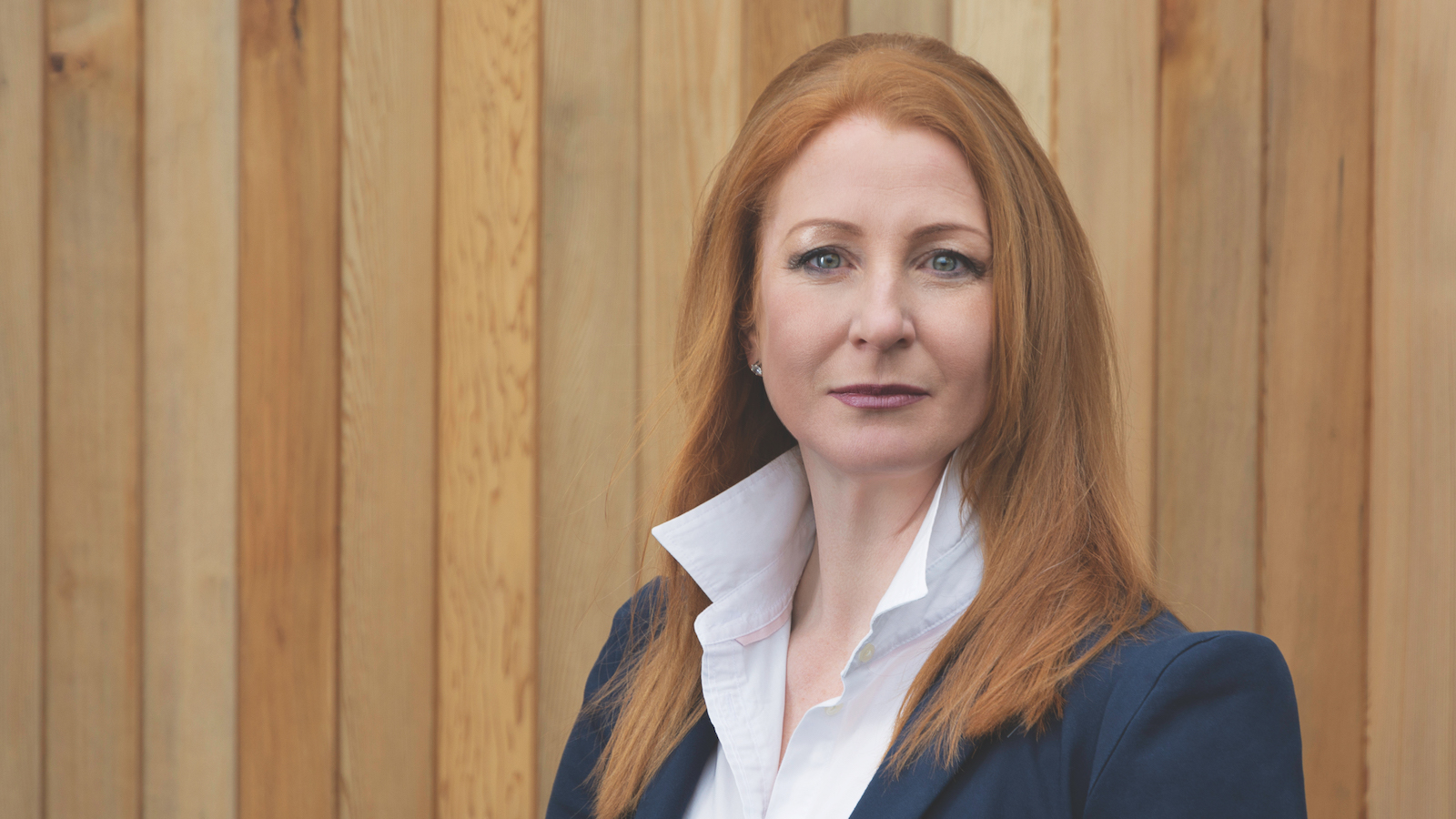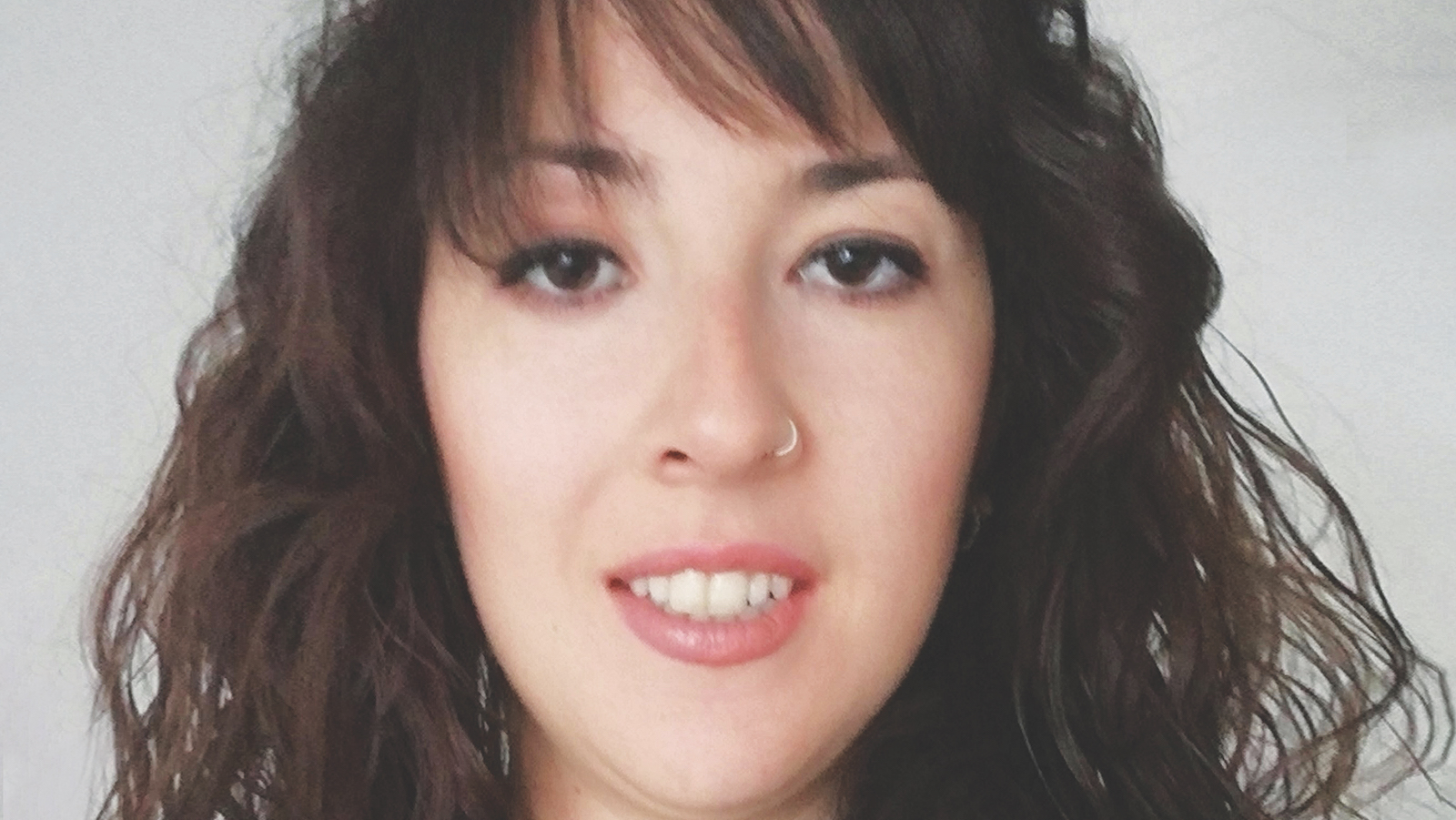The growth of BIM and digital construction may improve construction’s gender balance. Here CM talks to four female professionals about their careers in the digital built environment

Adriana Sobral, senior BIM coordinator, Bouygues
Adriana Sobral graduated in architecture in Brazil in 2014, moving to the UK in 2018, where she joined Bouygues. Now a passionate advocate for all things digital, she is also a Women in BIM mentee.
“During the first years of my career, I was frustrated by the repetitive and dull tasks used to produce drawings and design documentation,” she explains. “After becoming aware of alternative ways to produce parametric 3D models that automatically update drawings, I decided to learn Revit and that was my first step into the BIM world.”
Sobral took an interest in using technology to increase productivity and felt that BIM adoption would be a “game changer” for digitalisation of design and construction workflows.
She started her current role, on a £240m regeneration scheme in Canning Town, east London, after last year’s lockdown, which meant working from home and using technology to adapt workflows. This has been positive, she says: “I have been able to work on BIM improvements for the project and help the design team collaborate more effectively.”
“If I were to list the benefits of having diverse teams, the stimulating working culture that results from the assortment of talents would be at the top”
Sobral says the cloud-based platform Hypar has helped with knowledge-sharing in her role. “It can quickly generate hundreds of design options based on a repository of building knowledge and expertise,” she explains. “In this industry, starting projects from a blank page is among the toughest tasks. Hypar makes starting a project from scratch a much faster process compared to traditional methods.”
She has noticed that the BIM field attracts a greater diversity of backgrounds than the wider construction industry, but says there is “still a long way to go”. Sobral adds: “If I were to list the benefits of having diverse teams, the stimulating working culture that results from the assortment of talents would be at the top.”

Emma Hayes, managing director, Digital Built Consultants, Republic of Ireland
As a BIM consultant, Emma Hayes says her biggest professional challenge is convincing the construction industry to adopt a new way of working.
“People’s mindsets and attitudes are one of the main impediments to BIM adoption,” she says. “But in my experience, it is also about good communication, especially when working with virtual teams. BIM technology will become easier to use, but unless the team are willing to engage with the processes, it is more difficult to implement.”
“If construction is to continue to innovate and become more efficient, it needs to become more diverse”
Despite these challenges, Hayes says: “Supporting businesses with the development of a fit-for-purpose BIM implementation strategy and then helping them realise and roll this out, with training and guidance gives great satisfaction.”
She notes that covid-19 has led to more widespread adoption of digital processes, in particular remote collaborative working.
“That demonstrated how proactive and agile our industry can be to rise above a problem,” she says. “Although virtual collaboration is not a new technology, I believe remote or virtual teams will become more normal for project teams.”
Hayes is the Ireland regional lead for Women in BIM, and hopes that emerging digital roles will attract diverse talent to the industry. “If construction is to continue to innovate and become more efficient, it needs to become more diverse,” she adds.

Marta Baron, BIM manager, O’Keefe
Marta Baron started her career in Spain as a building engineer for a tier 1 contractor, but decided to move to the UK to continue her career as a quantity surveyor. However, she says it “was not challenging enough” and she “missed the technical aspect of construction”. Baron took a specialised course in BIM management and switched to a BIM manager role.
“I coordinate a team of 14 modellers and liaise with the rest of the company to produce drawings, videos, models or volume calculations we need from tender stage to handover,” she explains.
“A few companies are ahead in terms of inclusion, efficiency and digitalisation, but smaller companies are farther back”
“I also check quality to make sure project deliverables meet O’Keefe’s standards, and test new software to find ways to make our processes faster and automated where possible.
“Lately, we have been working at health and safety, producing visuals of site hazards or risks as part of improving safety and compliance on sites.”
Baron is “proud” of the digital progress she has been part of at O’Keefe. “The efficiency and the quality of our work has improved,” she says. “Document collaboration tools like Bluebeam Revu and 3D design review packages bring our teams together on projects.”
However, Baron feels that plenty of change lies ahead for the construction industry. “A few companies are ahead in terms of inclusion, efficiency and digitalisation, but smaller companies are farther back,” she notes. “We must all work together to improve working conditions, especially on mental health, and be more open to new trends or systems that can work for our benefit.”

Isobel Robinson, BIM coordinator/manuals application coordinator,
Winvic Construction
Isobel Robinson grew into a BIM career after joining Winvic in an O&M manuals administrator role.
“It was my responsibility to collate the hard copies of everything clients required as part of the project handover process, but it wasn’t long before I began to learn about BIM as we moved over to digital manuals,” she explains.
“I found the concept so interesting that I started to do my own research into BIM. My appetite to learn more was noticed and I was offered a new, combined role of BIM coordinator and manuals application coordinator, which I started in July 2020.”
Robinson now spends half her time assembling cloud-based buildings manuals and the other half supporting the wider design team in areas like clash detection, stakeholder liaison and enforcing quality control.
Among the innovations she has worked on is developing QR codes for Winvic’s multi-room and industrial projects. “This allows clients and tenants to access information, drawings and images quickly and accurately,” she says. “It blew my mind when I first heard about it.”
Having attended an all girls’ school, and worked with more women than men in previous jobs, Robinson was “a little apprehensive about coming into a traditionally male-dominated industry”. But she says: “Winvic is committed to empowering women as role models in the industry and there are many women working here in on and offsite roles.”








